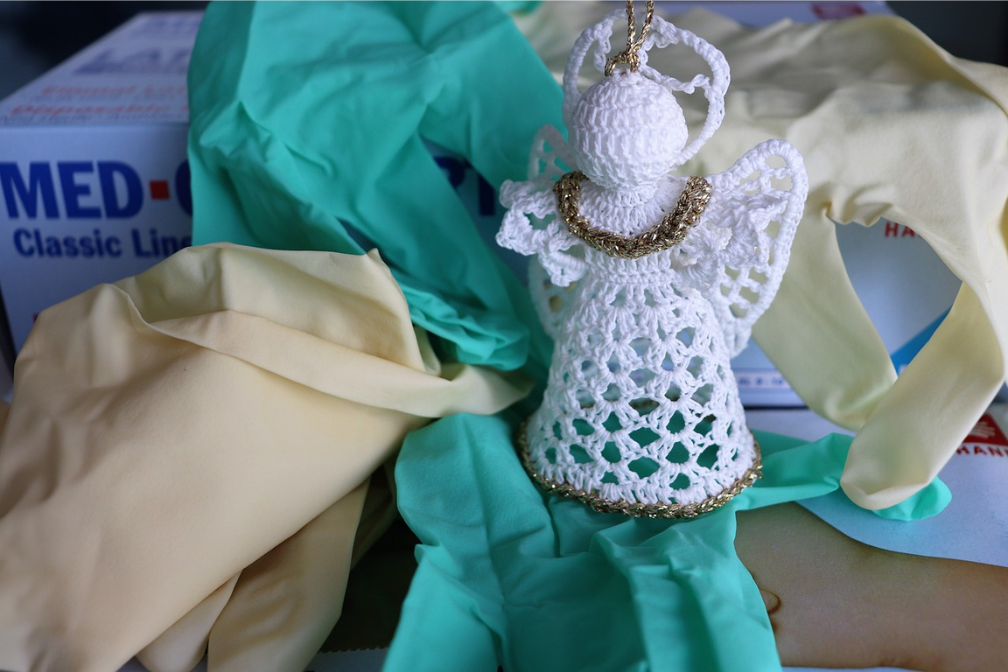Essential Medical Consumables: Understanding the Importance of Disposable Products in Healthcare Facilities

In the realm of healthcare, the provision of safe and effective patient care is of paramount importance. Behind the scenes, a crucial aspect of ensuring patient safety lies in the utilisation of disposable medical consumables. These essential products play a pivotal role in preventing the spread of infections, maintaining hygiene standards, and safeguarding the well-being of both patients and healthcare professionals. In this blog, we will delve into the significance of disposable medical consumables in healthcare facilities, exploring their various types, benefits, and the impact they have on patient care.
- The Importance of Infection Control:
Infection control is a critical aspect of healthcare, and disposable medical consumables are instrumental in preventing the transmission of infections. Items such as gloves, masks, and gowns act as barriers, protecting healthcare professionals from exposure to pathogens and reducing the risk of cross-contamination between patients. By using disposable products, healthcare facilities can maintain a sterile environment and minimise the spread of infectious diseases.
Disposable gloves, for example, are essential in preventing the transmission of pathogens from healthcare workers to patients and vice versa. They create a protective barrier during procedures, reducing the risk of contamination. Similarly, disposable masks are crucial in preventing the inhalation or exhalation of infectious particles, particularly in situations where respiratory droplets may be present. Disposable gowns provide an additional layer of protection, ensuring that healthcare professionals can perform their duties without the risk of contaminating their clothing or spreading infections.
- Sterile and Safe Procedures:
Disposable medical consumables, such as syringes, needles, and catheters, are designed for single-use to ensure sterility and safety during medical procedures. These products eliminate the risk of contamination and reduce the chances of healthcare-associated infections. By adhering to strict protocols and utilising disposable items, healthcare professionals can provide patients with the highest standard of care while minimising the potential for complications.
Syringes and needles are among the most commonly used disposable medical consumables. They are designed for single-use, ensuring that each patient receives a sterile injection or blood draw. This eliminates the risk of needlestick injuries and the transmission of bloodborne pathogens. Similarly, disposable catheters are used to maintain urinary drainage, reducing the risk of urinary tract infections and other complications.
- Convenience and Efficiency:
Disposable medical consumables offer convenience and efficiency in healthcare settings. These products are pre-packaged, sterilised, and ready for immediate use, eliminating the need for time-consuming cleaning and sterilisation processes. This saves valuable time for healthcare professionals, allowing them to focus on patient care and streamline their workflow. Additionally, disposable consumables reduce the burden of inventory management and maintenance, ensuring a constant supply of necessary items.
For instance, disposable wound dressings are designed to be sterile and ready for immediate use. They are individually packaged, making them convenient and easily accessible for healthcare professionals. Disposable dressings eliminate the need for time-consuming sterilisation processes, which allows healthcare professionals to quickly and efficiently attend to patients' wound care needs. These dressings are designed to be easily applied and removed, reducing the time and effort required for dressing changes. Additionally, disposable dressings are available in various sizes and types, catering to different wound types and ensuring optimal wound healing.
In addition to wound dressings, disposable medical consumables such as disposable bed linens and adult diapers contribute to convenience and efficiency in healthcare facilities. These products eliminate the need for laundering and reduce the risk of cross-contamination. Disposable bed linens can be easily disposed of after use, saving time and resources that would otherwise be spent on laundry services. Similarly, disposable adult diapers provide a hygienic and convenient solution for patients with incontinence, allowing for quick and easy changes without compromising comfort or dignity.
- Patient Comfort and Dignity:
Disposable medical consumables also contribute to patient comfort and dignity. Items such as disposable bedpans, adult diapers, and wound dressings are designed to provide comfort and maintain hygiene while preserving the patient's privacy. These products enhance the overall patient experience, promoting a sense of well-being and preserving their dignity during challenging times.
Disposable bedpans offer a hygienic and comfortable solution for patients who are bedridden or have limited mobility. They are designed to be easily disposed of after use, eliminating the need for cleaning and reducing the risk of cross-contamination. Similarly, disposable adult diapers provide a discreet and comfortable option for patients with incontinence, allowing them to maintain their dignity and quality of life.
Disposable wound dressings not only contribute to infection control and wound healing but also provide comfort to patients. These dressings are designed to be gentle on the skin, minimising discomfort and irritation. They also offer protection from external contaminants, promoting a clean and healing environment for the wound. By prioritising patient comfort and dignity, healthcare facilities can enhance the overall patient experience and improve patient outcomes.
- Environmental Considerations:
While the use of disposable medical consumables is crucial for infection control and patient safety, it is essential to address the environmental impact of these products. The disposal of large quantities of single-use items can contribute to waste generation and environmental pollution. Healthcare facilities must strike a balance between the need for disposable products and sustainable practices. Implementing recycling programs, using eco-friendly materials, and exploring alternatives to single-use items can help mitigate the environmental impact.
Healthcare facilities can take steps to minimise waste and promote sustainability without compromising patient safety. For example, they can implement recycling programs for certain disposable items, such as plastic packaging or paper products. Additionally, healthcare facilities can explore the use of eco-friendly materials for disposable consumables, such as biodegradable or compostable options. By adopting sustainable practices, healthcare facilities can reduce their ecological footprint and contribute to a healthier environment.
- Continuous Advancements and Innovation:
The field of disposable medical consumables is constantly evolving, driven by advancements in technology and innovation. Manufacturers are continually developing new products that enhance safety, improve patient outcomes, and increase efficiency. From advanced wound dressings to disposable diagnostic devices, these innovations are revolutionising healthcare practices and improving the quality of care provided to patients.
For example, advancements in wound dressing technology have led to the development of products that promote faster healing and reduce the risk of complications. These dressings may incorporate antimicrobial properties, which help prevent infection and promote a clean wound environment. Additionally, disposable diagnostic devices, such as rapid test kits, allow for quick and accurate diagnosis, enabling healthcare professionals to make timely treatment decisions.
In conclusion disposable medical consumables are indispensable in healthcare facilities, playing a vital role in infection control, patient safety, and overall healthcare delivery. These products provide a barrier against infections, ensure sterility during procedures, and enhance patient comfort and dignity. While their use is essential, it is crucial to balance the benefits with environmental considerations. By embracing sustainable practices and exploring innovative alternatives, healthcare facilities can continue to prioritise patient safety while minimising their ecological footprint. The continuous advancements and innovations in disposable medical consumables further contribute to improving patient outcomes and enhancing the overall quality of care provided in healthcare facilities.
